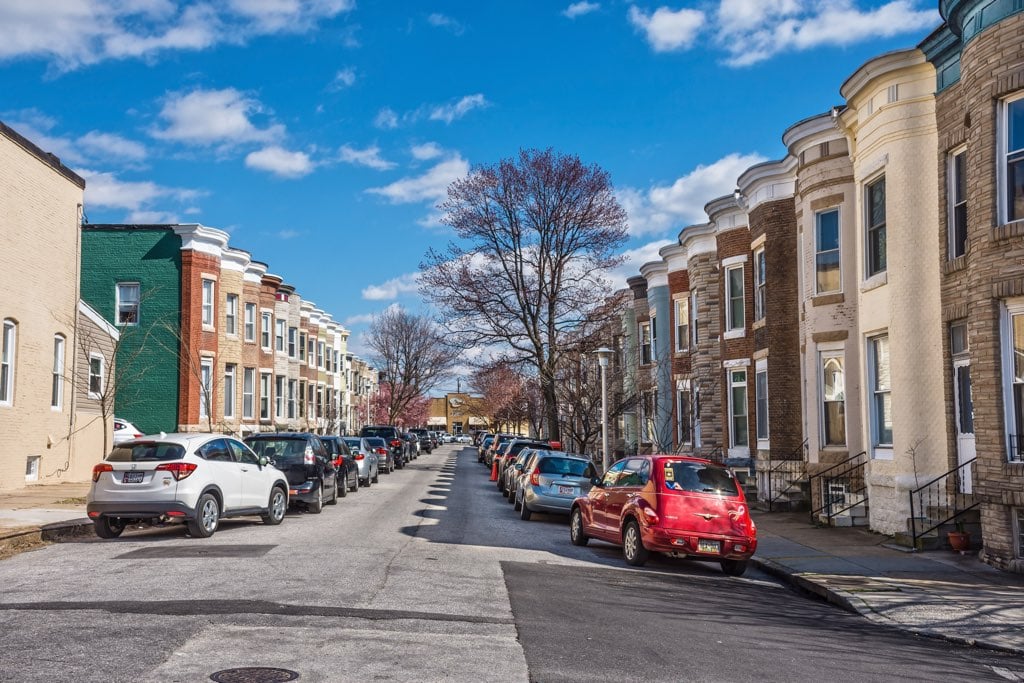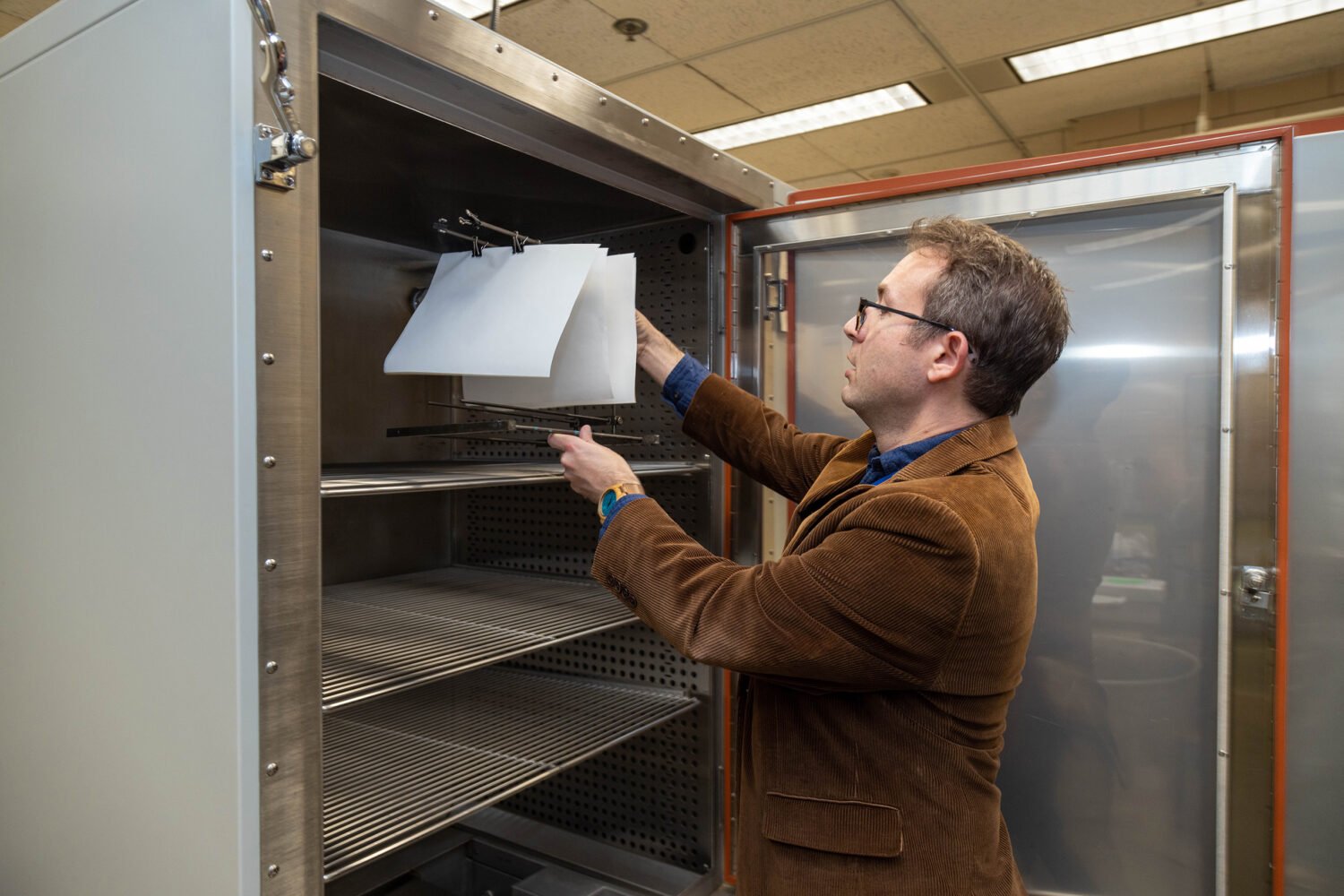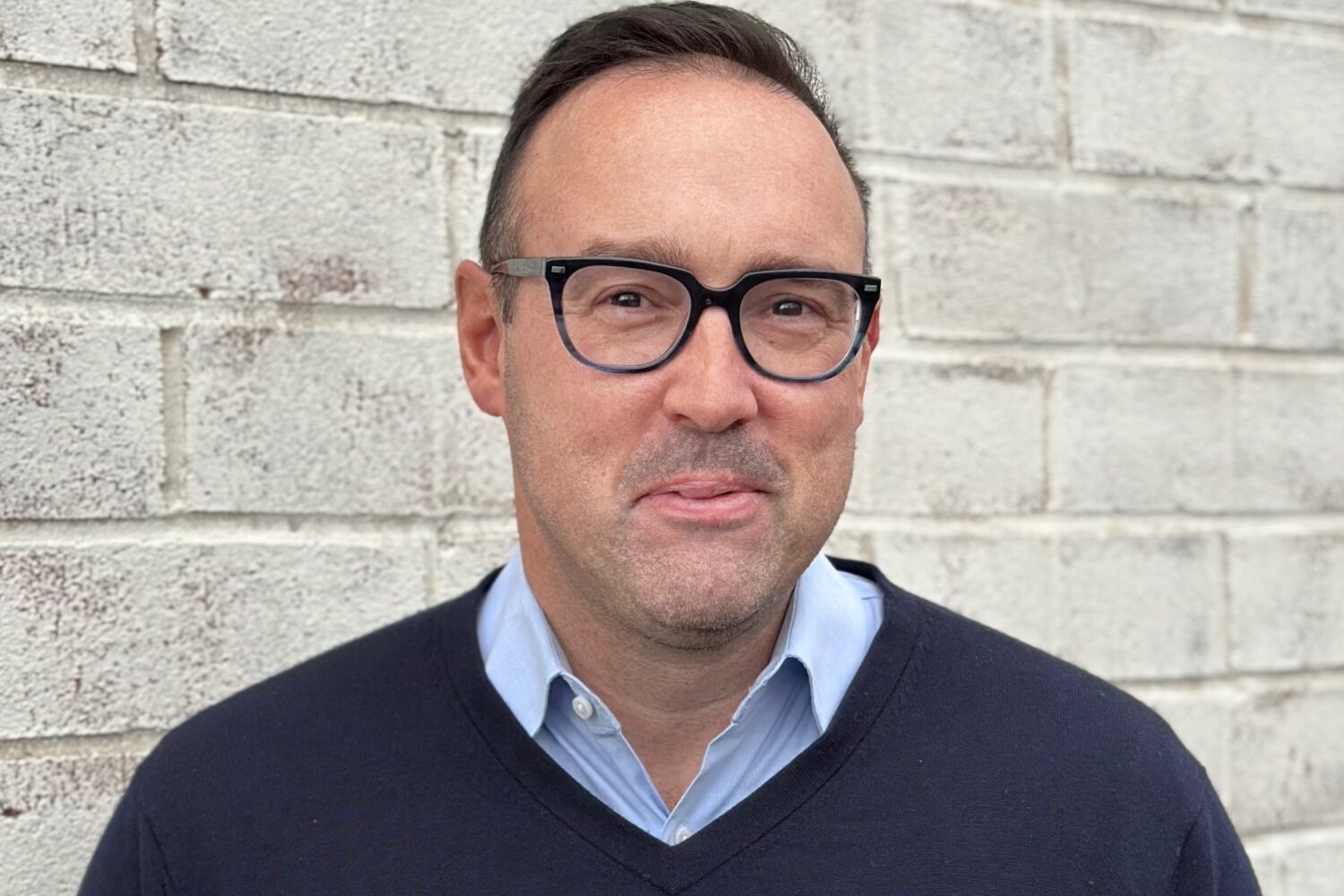Baltimore will have a new alt-weekly come November 15: the Baltimore Beat, which will have the same owners as the Washington Blade and the Los Angeles Blade. Lisa Snowden-McCray will be the Beat‘s editor-in-chief; Brandon Soderberg will be its managing editor and news editor.
Snowden-McCray comes to the new paper from the Baltimore Sun, where she worked as a community coordinator and opinion writer; she previously was a reporter and food editor at Baltimore City Paper, the city’s now-shuttered alt-weekly. Soderberg was Baltimore City Paper‘s top editor until its demise at the beginning of the month.
The new weekly will produce a print newspaper as well as a digital edition. Publisher Kevin Naff says the Beat will for now at least hew to a typical print-newspaper business model, selling classified ads and display ads in print and online. Its salespeople are already out in Baltimore rustling up business, he says, and the Beat plans to build an events business as well. The Blade‘s ownership will handle many of the back-office functions, allowing the Beat to start life with a staff of five: Snowden-McCray and Soderberg will be its only editorial employees at the beginning, with plans to add an arts editor/deputy editor soon.
These are tough times for alt-weekly newspapers, which have closed in several large cities over the past decade, squeezed by classified ads moving to free online providers and traditional display advertisers either closing (record stores, video-rental shops) or finding customers more cheaply through targeted digital ads. Some have tried to reinvent themselves as nonprofits, but as founders of the Knoxville, Tennessee, Mercury discovered when they launched the paper after the demise of a preceding weekly, donors can be difficult to find and advertisers turned out to have stayed with the old weekly “maybe out of inertia,” as Editor-in-Chief Coury Turczyn told Poynter. The Mercury folded after two years. Washington’s alt-weekly City Paper is for sale, and alts have shuttered in Boston, San Francisco, and Philadelphia. New York’s Village Voice recently dropped its print edition, and Baltimore’s City Paper closed after an ignoble ownership by the Baltimore Sun, which plans a new free entertainment-focused weekly called WKND on the Street.
I asked Naff why the Beat‘s model will work where others have failed. “I can tell you we would not have gotten into this if we didn’t see a profitable local business here,” he says. DC’s Blade has been profitable for almost 50 years, he says, adding that the “doom and gloom around alt weeklies” doesn’t obtain all around the country. Some alts are thriving in non-East Coast cities, he says, echoing a point Jason Zaragoza, the executive director of the alt-weekly trade group Association of Alternative Newsmedia made in an interview with me when Washington City Paper went up for sale. I asked Naff whether he’d be interested in buying DC’s alt. “I feel like we are already an alt-weekly in Washington, so I don’t think we need to own another one,” he says.
Baltimore City Paper had ten editorial employees. Both Snowden-McCray and Soderberg say they will by necessity and design collaborate with people and groups outside the paper to keep the Beat rolling. The new paper will have a small freelance budget and will draw content from the Blade (whose journalists “always kick our ass” on LGBT coverage in Baltimore “and they’re in Washington, that sucks,” Soderberg says) as well as the Real News Network, a nonprofit where former Baltimore City Paper editor-at-large Baynard Woods works. The Beat will strive to purge itself of what Soderberg calls alt-weeklies’ “Overwhelming white-guy-ness” through such collaborations as well as working really hard to report from some of Baltimore’s often-overlooked communities. “In a way I feel like it should be part of a reporter’s job to do some kind of community service,” Soderberg says. “We take enough from the city for our stories.”
“We need, especially here, black and brown people being able to tell their stories about Baltimore,” Snowden-McCray says. The Beat will focus hard on Baltimore’s activists as well, both editors say, as well as how the pressure they’re putting on the city is affecting its government. Snowden-McCray says she sees the Beat carrying on the muckraking and cultural coverage that distinguishes alt-weeklies, and also looking for stories told through people. She says she’s often annoyed by the way reporting “that tends to happen around black people, we say, oh this is so sad, this is so sad, but people are amazing. People have such great stories.”
Soderberg describes an editorial mix much like the Baltimore City Paper had: A “more robust” news section, long cover stories, a “weed section,” an arts and events section, a food section. He and Snowden-McCray will each write a lot, obviously, including on food for now, trading off food stories regularly. The restaurant coverage, too, Snowden-McCray says, will take an expansive view of Baltimore. Most of the places the Baltimore City Paper covered, she says, “are very nice restaurants, they’re good, there’s nothing wrong with them. But we’re kind of missing a lot: They’re all very white.” The new paper will strive to keep tabs on Baltimore’s foodie scene “but I think there’s so many other fun ways to talk about food,” she says.
This is a lot of waterfront for two or three people to cover, and they both stress the necessity of collaboration. “I’ve never had the luxury of having a lot resouces at my disposal in journalism,” Snowden-McCray says. “I have the luxury of not knowing anything else.”


















